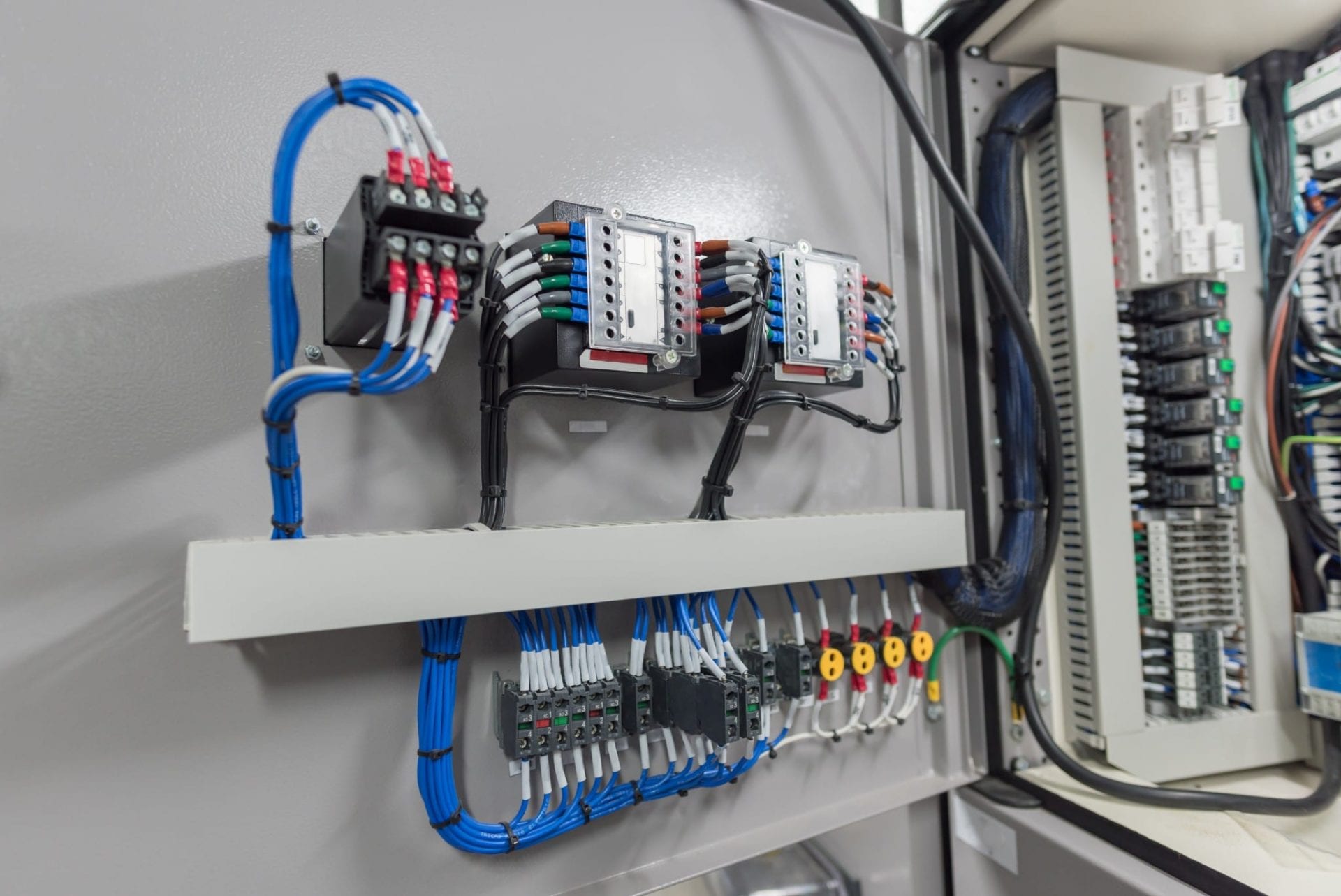Electrical Wiring 101: A Novice's Guide to Understanding the Basics

Electrical wiring is a crucial part of any home and understanding it is important for every homeowner. Not only is it helpful in ensuring the proper running of your house however, it is critical for your security. In this article, we’ll discuss the basics of electrical wiring as well as the importance of security as well as the benefits having an authorized residential electrician for all your electrical wiring needs.
Understanding the basics of electrical wiring
The electrical wiring refers to the set of electrical conductors that runs throughout your home, providing electric power to appliances or devices as well as lighting fixtures. It functions by creating electrical circuits that connect the sources of power to your devices. Circuits for electrical power are comprised of switches, wires, and other electrical components that function to form a secure and functional electrical system. There are various kinds of electrical wiring, including copper, aluminum, and wire insulation types such as PVC, rubber, or paper.
Preparation and Planning for Electrical Wiring
When installing new electrical wiring, there are several things to think about, including the kind of wiring that you require, the power capacity of your electrical system, and your power requirements. It is also important to know about electrical wire regulations as well as permits needed in your area. To be prepared for electrical wiring, design an electrical plan and assess your electrical needs. This will help to ensure your wiring system is secure efficient, reliable, and meets your power requirements.
Materials and tools required for electrical wiring
When making new electrical wiring, it is important to have the proper equipment and materials on hand. Essential tools include wire cutters, strippers, pliers, and the voltage tester. Other components required for electrical wiring comprise electrical tapes, wire nuts conduit, and electrical boxes. It’s also useful to have a wiring diagram that will help you with the process of installing.
Step-by-Step Guide to Electrical Wiring Installation
Installation of electrical wiring can be a complex process however, with the right tools and expertise it can be accomplished safely and efficiently. Here’s a step-by step guide for installing new electrical wiring inside your home:
Switch off the power in the area in which you’ll be working.
Create a wiring plan and mark the location where the wiring will be installed.
Install electrical conduits and electrical boxes where necessary.
Cut and strip wires to the correct length.
Wires should be connected to devices or fixtures you’re wiring.
Connect the wires by using wiring nuts, electrical tape, or conduit straps.
Test the wiring to ensure it is functioning properly.
In the process of installing it is essential to adhere to wiring installation best techniques and guidelines. Be conscious of common mistakes you need to avoid when installing electrical wiring for example, wiring circuits that are too large, using wires that are damaged, and using the incorrect type of wire.
Troubleshooting Electrical Wiring Issues
Even with careful planning and installation, electrical wiring issues can arise. Common issues include wiring problems, overloads in circuits and electrical shorts. To resolve these issues it is essential to know about common electrical wiring problems and understand how to effectively and safely tackle these issues. It is also essential to follow electrical safety procedures in the event of a problem with electrical wiring, such as turning off the power and wearing safety equipment.
Conclusion
In the end, knowing about how your electrical wiring is wired in your home is essential for your safety as well as the effective functioning of your electrical system. It is essential to employ an authorized electrician to ensure that your wiring is installed and maintained correctly. We at Adelaide Electrical, we provide an array of electrical services, which include wiring installation and repair. Contact Adelaide Electrical at 0480 024 418 to discuss all your electrical wiring needs.
Electrical Wiring FAQ
Here are some commonly asked questions about electrical wiring, along with additional safety tips and the best techniques for electrical wiring installation and repair:
What kind of wire do I need to use for my electrical wiring?
The type of wire that you will need for your electrical wiring will depend on the particular requirements of your project and the local building code. It is essential to choose the appropriate gauge of wire as well as the appropriate insulation type and wire materials to ensure the safety and efficiency for your wiring system.
Do I have to install myself my own wiring for electrical use?
While it is feasible to create an electrical wire yourself it’s important to have the right expertise and experience to install it in a safe and efficient manner. In the majority of cases it is advised to employ an authorized electrician to ensure that your wiring is properly installed and maintained properly.
How often do I need to inspect my electrical wiring?
It is recommended to inspect your electrical wiring every 10 years or whenever you observe indications of electrical issues for example, frequent circuit breaker trips or electrical shocks.
What should I do if find electrical wiring issues in my house?
If you observe any electrical wiring issues within your home, such as flickering lights or outlets that won’t function, it’s important to address them immediately. Switch off the power source to the affected area and contact an accredited electrician to evaluate and repair the problem.
By following these tips and the best practices, you can make sure you have electrical connections that are secure and operating correctly. Make sure you are taking safety into consideration and seek out a licensed electrician when needed. Contact Adelaide Electrical at 0480 024 418 to discuss all of your electrical wiring requirements.
